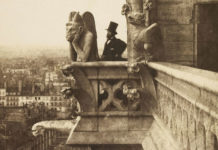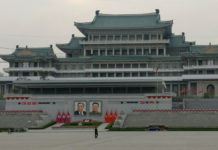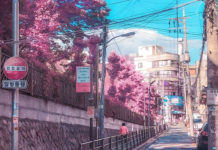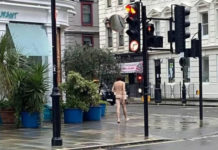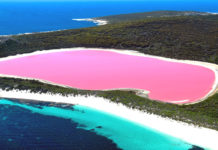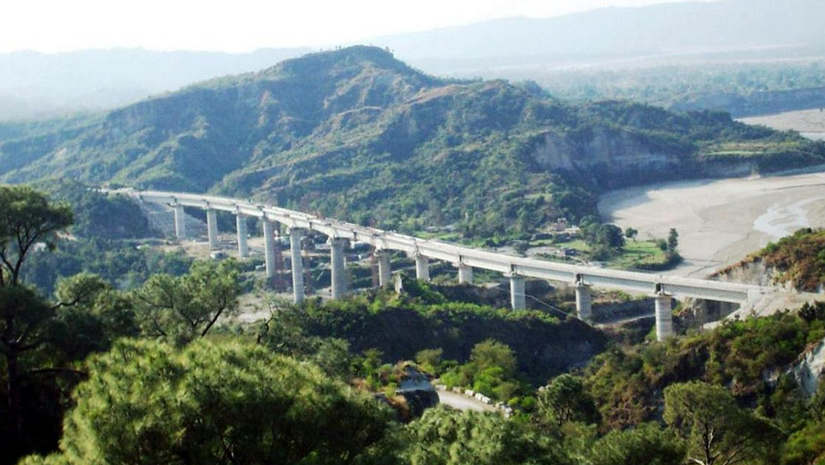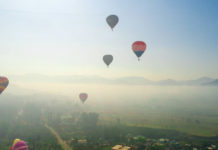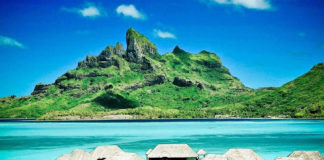History of Jammu:
Jammu is derived from its ruler, Raja Jambulochan. Many historians and locals believe that Jammu was founded by Raja JambuLochan in the 14th century BC, when during one of his hunting trips, he reached the Tawi River, where he saw a goat and a lion drinking water at the same place and leaving after quenching their thirst, which amazed the king. He abandoned the idea of hunting, returned and recounted what he had seen and commanded that this is the place where a palace has to be built and a city be built this palace. This is how Jambu-Nagar came into existence, which was later changed into Jammu.
Jammu city has a railway station, Jammu Tawi that is now connected with major cities of India. The old railway link to Sialkot was broken after the Partition of India and due to which Jammu had no rail services until 1971.
Places of Interest in Jammu
Bahu Fort:

Bahu Fort is also a religious temple, located on a rock face on the banks of River Tawi. This is the oldest fort in Jammu. There is a temple dedicated to Goddess Kali, popularly known s BeWali Mata. Today the fort is surrounded by a terraced garden which is a favorite picnic spot of the city folk.
Raghunath Temple:

Raghunath Temple is situated at the city center and was built in 1857. The inner walls of the temple are gold sheathed on three sides and there are with millions of shaligrams. There are surrounding Temples which are dedicated to various Gods and Goddesses. This temple consists of seven shrines and is the largest temple complex in northern India. Though 130 years old, the complex is remarkable for it’s sacred scriptures. The main sanctuary is dedicated to Lord Vishnu’s eighth incarnation/Avatar~ Ram!
Peer Kho Cave:

Peer Kho cave, located on the bank of river Tawiis widely believed that Jamvant, The Bear God in Ramayan, meditated in this cave.
By: Archa Dave


